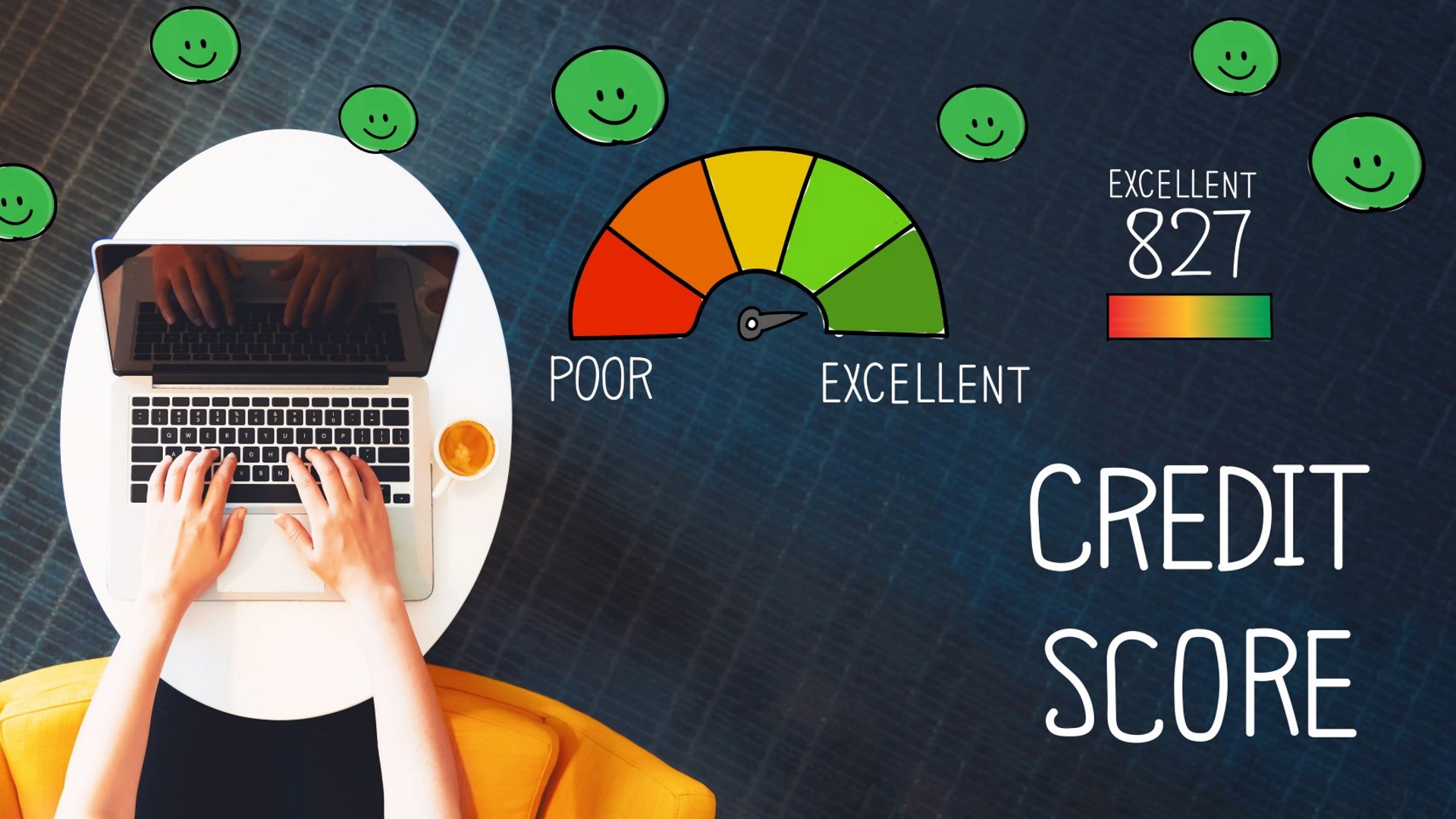Wednesday, December 21, 2022
Finding The Right Home For You
Monday, November 21, 2022
WHAT TO PACK FOR THE FIRST NIGHT IN YOUR NEW HOME...
Wednesday, October 12, 2022
Home Updates To Make After A Decade
Thursday, September 8, 2022
What Is Escrow?
Tuesday, August 23, 2022
Why did my credit score change?
If you’ve seen a change in your credit score recently, you may be wondering why. There are a number of factors that contribute to a dropping credit score and it is important to know what may be causing that! When buying a home, it is important to maintain your credit and not make any major purchases that could impact your score. Here are the top 5 reasons for a drop in credit:
YOU MADE A LATE PAYMENT
Accounting for about 30% of your total rating, your payment history has a big impact on your credit score. If you make a loan or credit card payment more than a month after the due date, it could cause your credit score to drop. A payment 60-90+ days late will have an even greater impact on your score.
YOU MADE A LARGE PURCHASE
Your credit utilization ratio can largely impact your credit score. Your ratio is how much of your credit you use in relation to your total available credit. The goal is to have a lower ratio so if you’ve been using more of your available credit lately, you may see a drop in your score. If for any reason your credit limit is lowered, it can impact your credit utilization ratio and impact your score.
AN ACCOUNT GOES TO COLLECTION
Timely payments on all accounts is an important part of your credit journey. Late payments on credit cards, loans, to medical facilities, student loans and utilities can be sent to a collection agency, which could in turn show up in your credit report.
YOU OPENED A NEW LINE OF CREDIT
When you apply for new credit, you are giving lenders the permission to access a copy of your credit report, which is known as a hard inquiry on your credit. If your credit report indicates that you’ve applied for multiple new credit lines in a short period of time, your credit score may be impacted.
YOU CLOSED A CREDIT LINE
Closing a card means losing available credit, which could increase your credit utilization ratio. As a result, your credit score may drop. If closing a card helps you stop spending, it may be a good idea. Otherwise, it is usually wise to keep lines of credit open. The length of time you’ve had accounts open shows that you have a solid payment history, so that could be another reason to keep that card you’ve had awhile open if you are using it wisely!
Monday, April 18, 2022
Should You Try Peel-And-Stick Wall Paper?
When you think of wallpaper, you likely picture rolls of material that are plastered or glued in place. Once the wallpaper is up on the walls, that’s pretty much it; while wallpaper can be removed, the process usually isn’t very quick or easy. If you want the look of wallpaper without the hassle, however, there is another option: peel and stick wallpaper. If you weren’t aware that this was available, it might be worth looking into.
What Is Peel and Stick Wallpaper?
Similar to some other wall decorations, peel and stick wallpaper is a vinyl applicant that has its own adhesive on one side. A protective paper backing covers the adhesive and is peeled off before application, allowing it to be placed without the need for glue or other messy adhesives. The adhesive on the back of peel and stick wallpaper is strong enough to hold the wallpaper in place, but not so strong that it can’t be removed with ease; when you’re ready to take it down you can simply peel it off without having to worry about the wallpaper tearing or causing any sort of damage to the wall surface beneath it.
Peel, Stick and Adjust
As with more traditional wallpaper options, peel and stick wallpapers typically feature repeating designs that are essentially seamless once everything has been installed. The self-adhesive nature of the wallpaper makes it easy to start a wallpaper installation since you can position the first piece more easily than you might with wallpapers that have separate adhesives.
There is another advantage to using this self-stick adhesive as well. Because it’s designed to release easily, you can adjust the positioning of the wallpaper with ease during the installation process. This helps to ensure that none of the wallpaper is crooked or out of alignment, since you can correct any problems as they occur without having to reapply adhesive or worry about damaging the paper.
Residue-Free Removal
One big advantage that peel and stick wallpaper has over more traditional wall coverings is that you can remove it and replace it whenever you need to. The vinyl material that peel and stick wallpaper is made from is harder than paper, so not only is it less likely to be damaged in day-to-day life but it’s also much less likely to tear during removal. The adhesive on the wallpaper leaves no residue behind and isn’t going to peel off paint or other surface details. While peel and stick wallpaper typically isn’t designed for reuse after removal, you can remove one peel and stick design and replace it with a different design, or even more traditional wallpaper, without any issue.
Multiple Surface Options
Peel and stick wallpaper goes well on walls, but it can also be applied to other surfaces as well. The main requirement for application is a clean, dry surface without texture. Your walls should be painted with at least a base coat, but the paint shouldn’t have any texturing agents added. Surfaces with non-stick elements added (such as non-stick paint) or residues need to be cleaned or painted before application as well. Peel and stick wallpaper can be added to drywall, wood or any other surface that either meets its requirements or can be painted to provide the clean, smooth surface that the wallpaper needs for adhesion.









